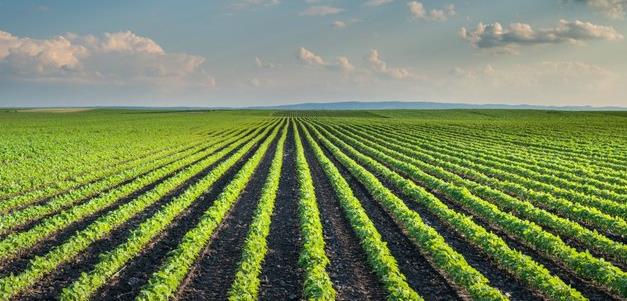Task force suggests dicamba ban after April 2018, decision goes to state plant board
by September 11, 2017 7:03 pm 435 views

A Dicamba Task Force charged with providing the Arkansas State Plant Board with a recommendation about the use of the controversial herbicide, will recommend it not be allowed for use after April 15 for the 2018 growing season, according to a report it released Monday (Sept. 11).
The Task Force concluded that “egregious violations” needed stricter penalties without the need to prove “significant off-target crop damage” and more independent university testing of new products is needed before its approved for use. The group also recommended additional data be collected before a decision is made for the 2019 growing season. Those recommendations will go before the ASPB on Sept. 21. The board is not bound by the recommendation.
“The recommendations made by the Dicamba Task Force did not come lightly. The process used allowed them to make their recommendation with the best available knowledge and ample consideration … while not everyone on the Task Force agreed with the recommendations, when surveyed the majority of members felt they had the opportunity to speak, be heard, and hear from their fellow decision makers,” the report concluded.
The Winthrop Rockefeller Institute led the task force and prepared the report. It used a process to bring the group to consensus that allowed for a deep examination of dicamba research from university and industry scientists, narratives from task force members, and a review of dicamba use challenges in Arkansas. The Rockefeller Institute representatives facilitated dialogue among group members to allow for different perspectives to be shared in small group and large group settings.
Each recommendation had to be approved by 75% or 14 task force members. The Task Force was formed by Gov. Asa Hutchinson, Arkansas Agriculture Secretary Wes Ward, and ASPB Director Terry Walker after the state instituted a 120-day ban on July 11. Scientists, farmers, and others with an interest in the use of the herbicide were appointed to the task force. Farmers need to know by October what chemicals will be available for the upcoming growing season.
Dicamba is used to kill weeds, especially the pigweed, in row crops. It’s primarily used in soybean and cotton production. Arkansas farmers planted 3.7 million soybean acres this year, making it the 11th largest soybean producing state. In May, ASPB began receiving numerous complaints about crop damage from suspected dicamba drift. It received 963 damage complaints from 26 counties, mostly in Northeast Arkansas where the herbicide is used at a higher rate. It’s the most complaints the ASPB has ever received in one year. It has been banned in several states.
Dicamba has been used as an herbicide for more than 50 years to manage 200 broad leaf weeds. It is a Weed Science Society of America Group 4 synthetic auxin – a plant hormone that causes plants to exhibit uncontrolled growth, according to the UA. Dicamba works by mimicking auxin, a plant growth hormone, disrupting cell division. It is more volatile in warmer climates.
ASPB decided earlier this year to allow one formulation, Engenia dicamba, to be used in the state to fight pigweed, an aggressive weed that has plagued farmers in recent years. About 35% of the state’s 3.5 million soybean acres were planted with genetically-altered dicamba tolerant seeds. About 75% (300,000 acres) of the state’s cotton crop was planted with dicamba resistant seeds.
Scientists theorized dicamba was drifting into adjacent crop fields, gardens, and others. Misapplications, weather conditions, or some other unknown factors may have caused the drift. Tests proved the new formulations were less volatile than older ones, but there was still volatility, and it could last up to 36 hours after it was sprayed. Dicamba can attach to dust particles, meaning it can travel much further from target sites than previously thought.
Some additives enhanced the volatility. Ammonium sulfate and glufosinate increase the damage capabilities of dicamba. Researchers found damage could spread up to 220 feet away from an application site, nearly double the buffer distance the Environmental Protection Agency requires between dicamba and non-dicamba fields. Tests showed that if the wind blew in one direction for several hours drift could cause damage on adjacent fields, and then if the wind changed hours later, the same amount of damage would be caused there.
How this will impact yields is still unknown. Rate of exposure, how many times a plant has been exposed, the growing stage of the plant at the time of the exposure, environmental conditions, and others will have to be factored. Some studies have shown a late-season replant can cause lower yields than allowing a damaged plant.
